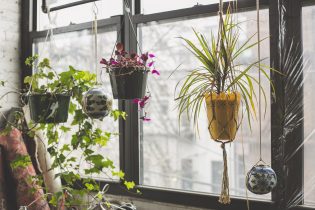Houseplants That Will Still Grow Next To Radiators
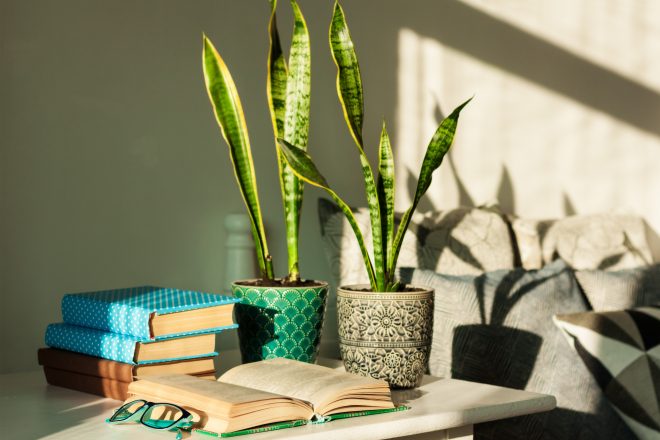
You’re a New Yorker. You need a houseplant as tough as you are. Finding the perfect plant-companion is a challenge, but far from impossible. Here are some hardy NYC houseplants that will still grow next to radiators.
Table of Contents
NYC-Ready Houseplants that Will Still Grow Next to Radiators
The Snake Plant
‘Dracaena Trifasciata’

As its name suggests, the snake plant is hard to kill.
Known also as the “mother-in-law’s tongue,” “Saint George’s sword,” and the “viper’s bowstring hemp,” it’s clear it has earned a fierce reputation. (This is for good reason.)
Snake plants are one of the most low-maintenance on the market, requiring little to no care and upkeep. In the Winter months, your snake plant can go weeks without water. In the summer, it can withstand your many late nights and totally busy weekends. By the time you get home from that family vacation, the only ‘mother-in-law’s tongue’ left to ignore will be the one with roots and leaves.
What Does the Snake Plant Look Like?
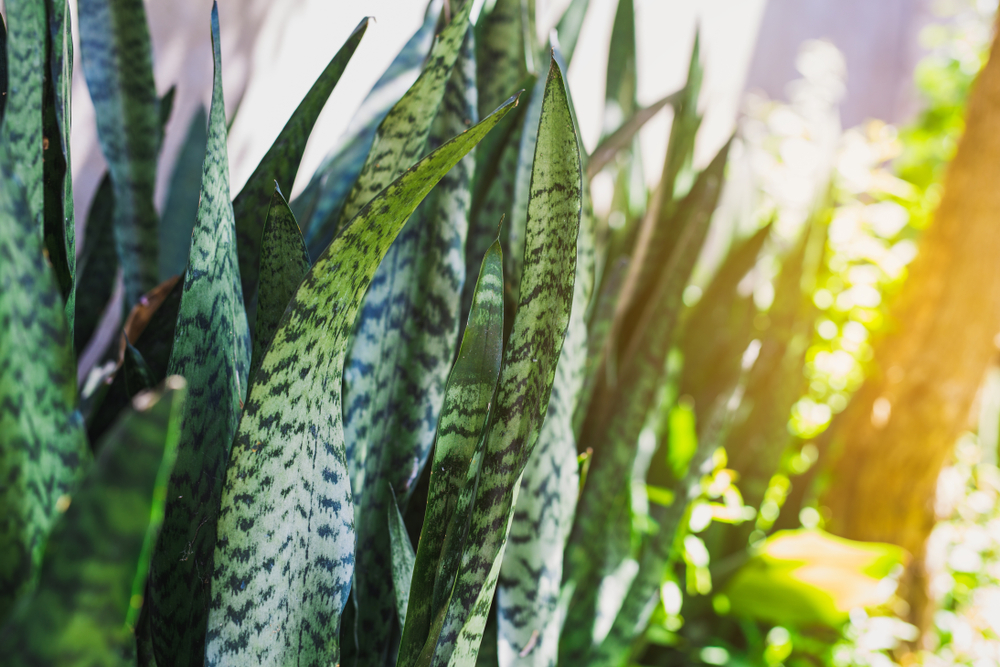
There are approximately seventy different variations of the snake plant, all with their own unique features. Snake plants have strong and stiff leaves, which stretch out to a rigid point. They’re evergreen, and can match with almost all interior aesthetics. (Plus, they purify your air!)
Some snake plants have hints of color, too. The ‘Golden Hahnii’ variation has yellow borders on each leaf, while the ‘Rhino Grass’ snake plant has an unmistakable red tint. Snake plants can be as small as six inches, or as tall as eight feet. On average, they live five to ten years. (However–they’ve been known to last for twenty-five.)
Every snake plant is as durable as the next, sharing the same resilient properties. This is certainly the top of our list of houseplants in NYC.
How To Take Care of a Snake Plant
Snake plants are ideal for owners of any skill level. (Especially those whose green-thumb only stretches towards plastic plants from Target.) They thrive in containers, and can grow on tabletops or flourish on the floor. They have no strict requirements, simply leave the vegetation in indirect sunlight. Even so, snake plants can survive in dim conditions or brightly lit bedrooms. Attempt to keep the plants in rooms above fifty degrees fahrenheit and below a high of ninety.
As far as soil is concerned, a classic loose potting mix will do. Make sure to use a mix low in peat content. While some plants thrive with peat, others can quickly become dehydrated from overuse. In the Summer, use a mild fertilizer (in the cactus variety) to sustain your plant. In the winter, ditch the fertilizer till spring’s first bloom.
Watering for snake plants is seasonally determined. In the winter, watering is a once a month affair (unless your soil is obviously ‘sahara-desert’ dry.) In the summer, water as needed–and allow the base to fully dry off before doing so again. What is a snake plant’s Kryptonite? Over-watering. This plant can survive almost any condition, so make sure to abide by its one simple rule.
Pruning a houseplant is often necessary, and the snake plant is no exception. To prune a snake plant, use shears or a proper knife. Cut off dying leaves to keep your snake plant healthy, and remove those pesky growths near the soil line.
Will Flowers Bloom on a Snake Plant?
When conditions are ideal, snake plants bloom pretty, tubular flowers in shades of white. Unfortunately, blooming is rare for flowers kept indoors. Still, keep your fingers crossed. With proper care, your snake plant may reward you with a fragrant, flowery gift come next spring.
What to Avoid When Owning a Snake Plant?
I know you probably love your pets (as much as they love wrecking your apartment.) Snake plants are toxic if consumed by dogs or cats, so be wary when keeping the two together. (Here are some other plants that are toxic to dogs and cats. It’s certainly better safe than sorry.)
Snake plants are susceptible to gnats, spider-flies, and similar creepy-crawlies. Bugs are attracted to sick or dying plants, so try your best to keep them healthy for their sake (and your own.) If you notice any rotting leaves or stinky soil–make sure to adjust your snake plant care-taking.
The Cast Iron Plant
‘aspidistra elatior’

Yet another NYC-ready houseplant whose name speaks for itself. Known as ‘difficult-to-kill’, the cast iron plant can survive most living conditions–including low light and infrequent watering. The plant has a few varieties, but all are green with white accents (such as stripes or dots on the leaves.)
What Does the Cast Iron Plant Look Like?
As stated above, the cast iron plant has green leaves. The ‘Variegata’ variation has white stripes, while the ‘Asahi’ develops white tips as it flourishes and grows. ‘Hoshi-Zora’, on the other hand, literally translates to ‘starry sky.’ That variation has small, speckled dots like freckles on the leaf’s complexion.
Its leaves are arched and stretchy, extending upwards of two feet in length. Similar to the snake plant, it can bloom flowers, however it tends not to when grown entirely indoors.
How To Take Care of a Cast Iron Plant
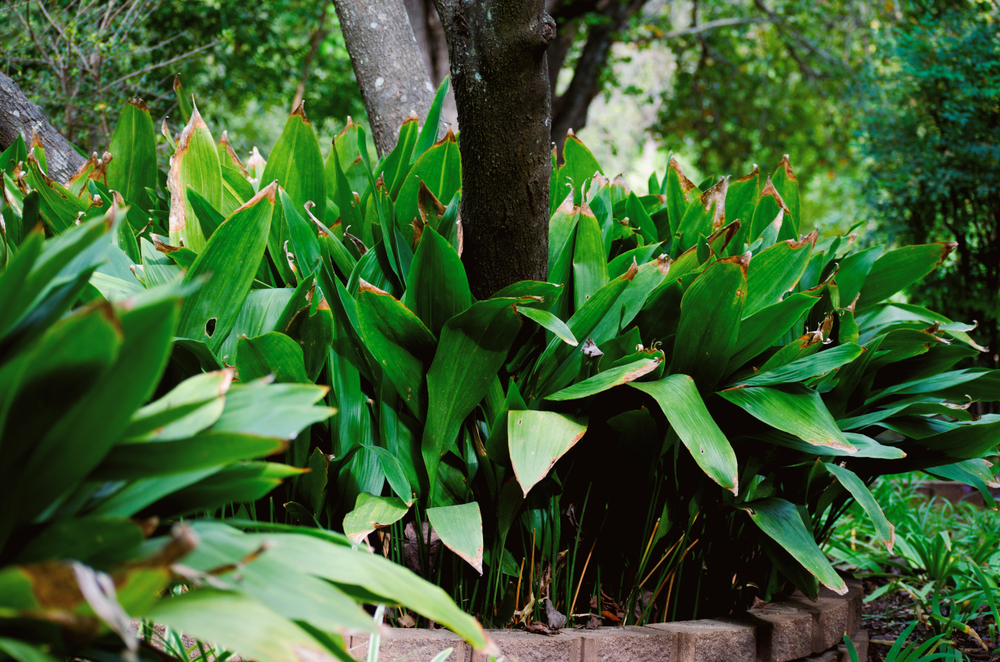
This plant can endure most any conditions. It maintains its green color, even in areas of shade and low sunlight. In fact, it’s recommended to avoid direct sunlight entirely. Water the plant only when need be, and do so all year round. Avoid over-watering, the plant can effectively ‘drown’ in over-saturated soil. A trick? Stick your finger into the soil and test its water levels. Too damp? Adjust your watering levels in the future.
Many different soils can work with a cast iron plant. A basic potting mix with neutral pH levels will do. Here’s where to find out which pH levels are plant friendly.
Fertilize your houseplant once a month, but only in spring and summer. Apply fertilizer directly after watering the plant. An all-purpose liquid fertilizer will work like a charm.
When to Repot Your Cast Iron Plant?
Make sure to use a pot/container with proper drainage capabilities. Unglazed clay is a great option, with holes to give the growth some air.
When roots become visible through the soil, it’s time to repot your plant. Don’t fret; this process can take years. Aim to repot your plant in the springtime; moving one size up each time.
What to Watch Out For When Owning a Cast Iron Plant
There are a few indications that your cast iron plant is unhealthy. If the leaves begin to turn brown, even just at their tips, it’s important to double check its current conditions. Avoid placing your plant in places where cold air flows (these plants like your radiators!), especially near air conditioners. Sometimes this can cause leaves to darken in color, or even rot.
As always, avoid over-watering. This can cause the same results.
The Zebra Cactus
Haworthia fasciata, Haworthiopsis fasciata
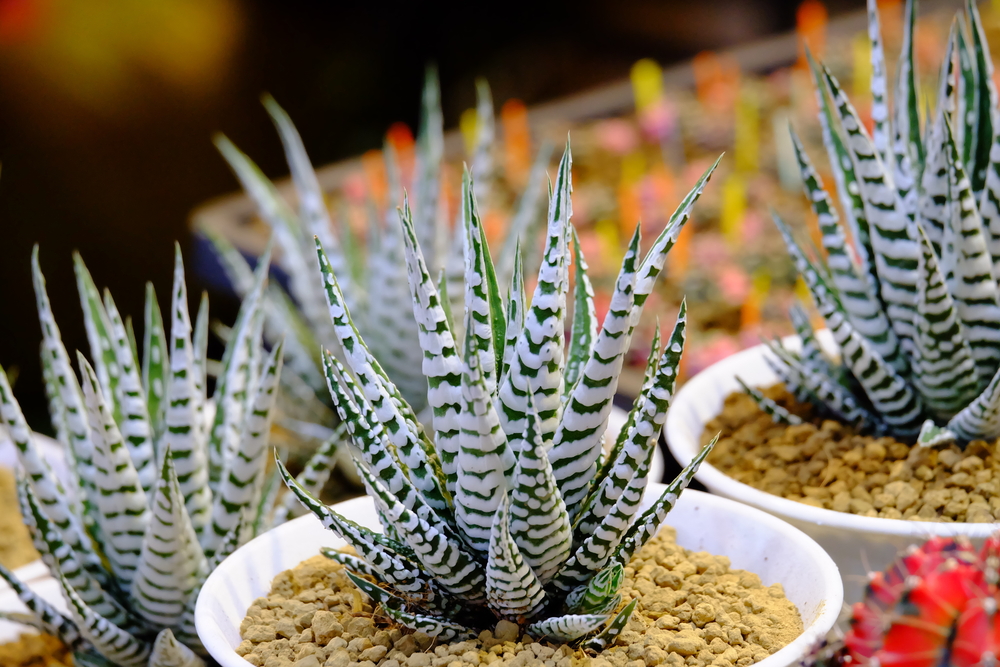
Despite its name, the zebra cactus is not actually a cactus. (Yes, it’s confusing.) The plant gained its nickname due to its ability to serve hotter temperatures and dryer conditions. These plants thrive when more than one is housed in a singular container.
What Does a Zebra Cactus Look Like?
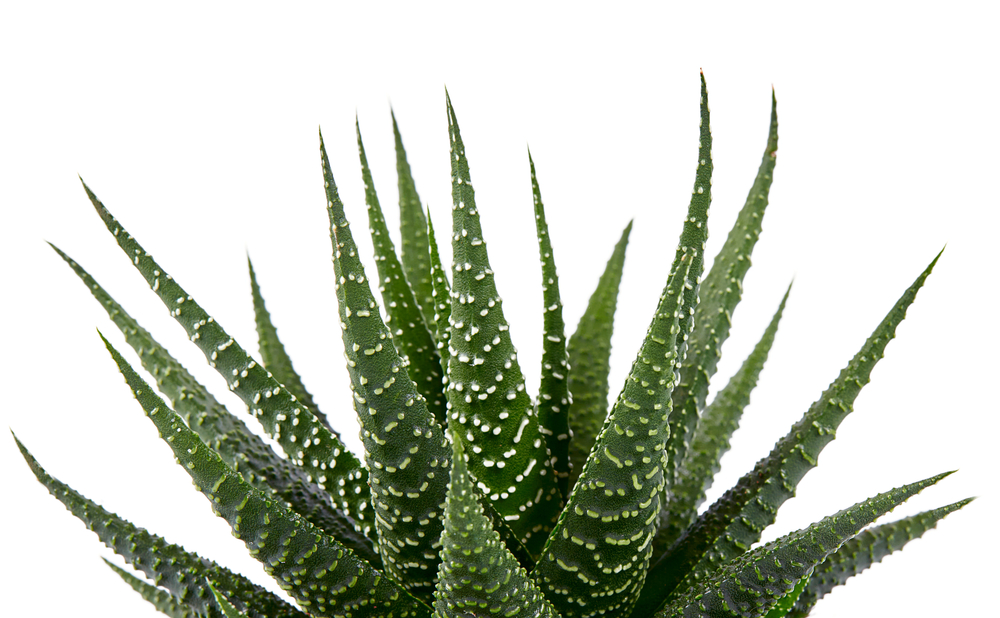
Zebra cacti have thick, slender leaves that grow in small clusters. They are always a nice, deep green in color–with white stripes or dots throughout. At the end of each leaf, there is a tiny spike. (Nothing too sharp, but hey worth noting. Let’s avoid those minor ‘ouch!’s)
How To Take Care of a Zebra Cactus
The zebra cactus is the perfect ‘desk-plant’, and can handle most sunlight conditions. However, it is recommended to be placed in areas of direct sunlight when possible. Limited shade will be just fine.
Choose a cactus soil mix that drains adequately. It’s recommended to ‘D.I.Y’ a perfect blend of sand, perlite, and potting mix for your zebra cactus.
Water your zebra cactus well, but only when the soil is bone dry and practically dying of thirst. Wait until it’s fully dry once more to repeat the process.
Propagate the plant whenever you see new growths. Here’s a how-to-guide on plant propagation. Repot your zebra cactus approximately every two years.
Will Your Zebra Cactus Grow Flowers?
Unlike some of our listed plants, zebra cacti do flower–and are known to do so even when grown indoors. Tiny pink or white flowers will grow on the tips of each leaf, and are known to bloom in the mid-summer heat.
A Few Great NYC Plantshops
The Sill
448 Amsterdam Ave
The Sill has both an in-person and online store that boasts a wide variety of houseplants, from small to large (and everything in between.)
Urban Garden Center
1640 Park Avenue
The Urban Garden Center is another great option for NYC houseplants. Not only do they provide an amazing collection, their website is filled to the brim with tips and tricks for new plant owners.
The Plantshed
209 West 96th St
Not only does The Plantshed provide great options for indoor and outdoor plants–they offer delivery too!
- Categories:
